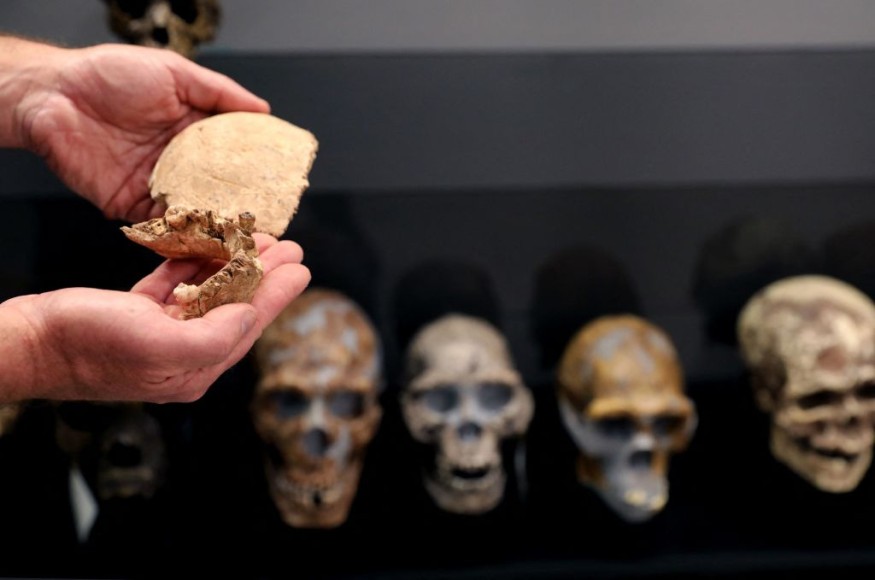Ancient herpes virus, dating back millions of years ago, has been found to be an ancestor of the cold sore virus in contemporary times, according to a new study.
The prehistoric roots of the virus that causes cold sores or fever blisters have been traced through the ancient genomes of the current herpes virus.
The study, led by researchers from the United Kingdom, have uncovered and sequenced for the first time the genetic mystery behind herpes, which causes lip sores, affecting billions of people worldwide.
In addition, it also confirms the long-held notion that cold sores emerged as a strain of the herpes virus.
Furthermore, the paper's authors suggested the facial herpes from the ancient DNA could be a result of a gradual transmission covering a significantly prolonged period of time.
Such transmission has been attributed in relation to the cultural practice of romantic and sexual kissing amid human migrations.
Herpes' reported prehistoric roots affected various species from bats to corals. However, the research team acknowledged the challenge finding the millions-year-old virus.
Instead, they focused on the nearest geological timescale down to the late Neolithic period and the aftermath of the Bronze Age thousands of years ago.
Ancient Herpes DNA

In the paper published in the journal Science Advances on Wednesday, July 27, an international team of scientists led by the University of Cambridge in England confirmed that the cold sore virus strain has been linked to the human herpes simplex virus 1 (HSV-1).
In particular, the scientific team said the HSV-1 virus strain causing the facial herpes came around 5,000 year sago following the wake of large-scale migration of ancient humans into Europe from Eurasia during the Bronze Age.
Also Read: Stem Cells Help Herpes Kill Brain Tumors
Genetic Tracing
Through genetic tracing, the team was able to find the virus started to fully manifest during the Neolithic period, specifically through the East-imported tradition of lip-pecking or smooching.
Specifically, the researchers found the samples of the ancient herpes virus from the roots of teeth and remains of four individuals stretching over a thousand-year-period, as summarized by phys.org:
- The oldest sample comes from an adult male unearthed from the Ural Mountain region of Russia 1,500 years ago.
- Two samples were found in Cambridge from the 6-7th centuries CE and late 14th century
- The final sample was from a young adult male excavated in Holland
What is Herpes?
According to the World Health Organization (WHO), the herpes simplex virus (HSV) can be categorized into two types: HSV-1 and HSV-2
While the new study has explained HSV-1 to be transmitted through oral-to-oral contact, HSV-2 is sexually transmitted, which result in the infamous genital herpes.
The WHO estimates that 3.7 billion people, under the age of 50, around the globe have HSV-1. While 491 million people between the age bracket 15-49 have the HSV-2 infection.
Regardless of their location on the body, the most common herpes symptoms are the small red bumps or tiny white blisters appearing on the skin.
Pain or itching, as well as ulcers and scabs may also occur, according to Mayo Clinic.
Related Article: Scientists Uncover How Herpes Infiltrates Our Nervous System
© 2025 NatureWorldNews.com All rights reserved. Do not reproduce without permission.





